Why Golf Still Needs A Dress Code
Not knee-high socks with shorts but a modern guide to attire that’s practical and maintains golf’s identity as a serious outdoor sport.
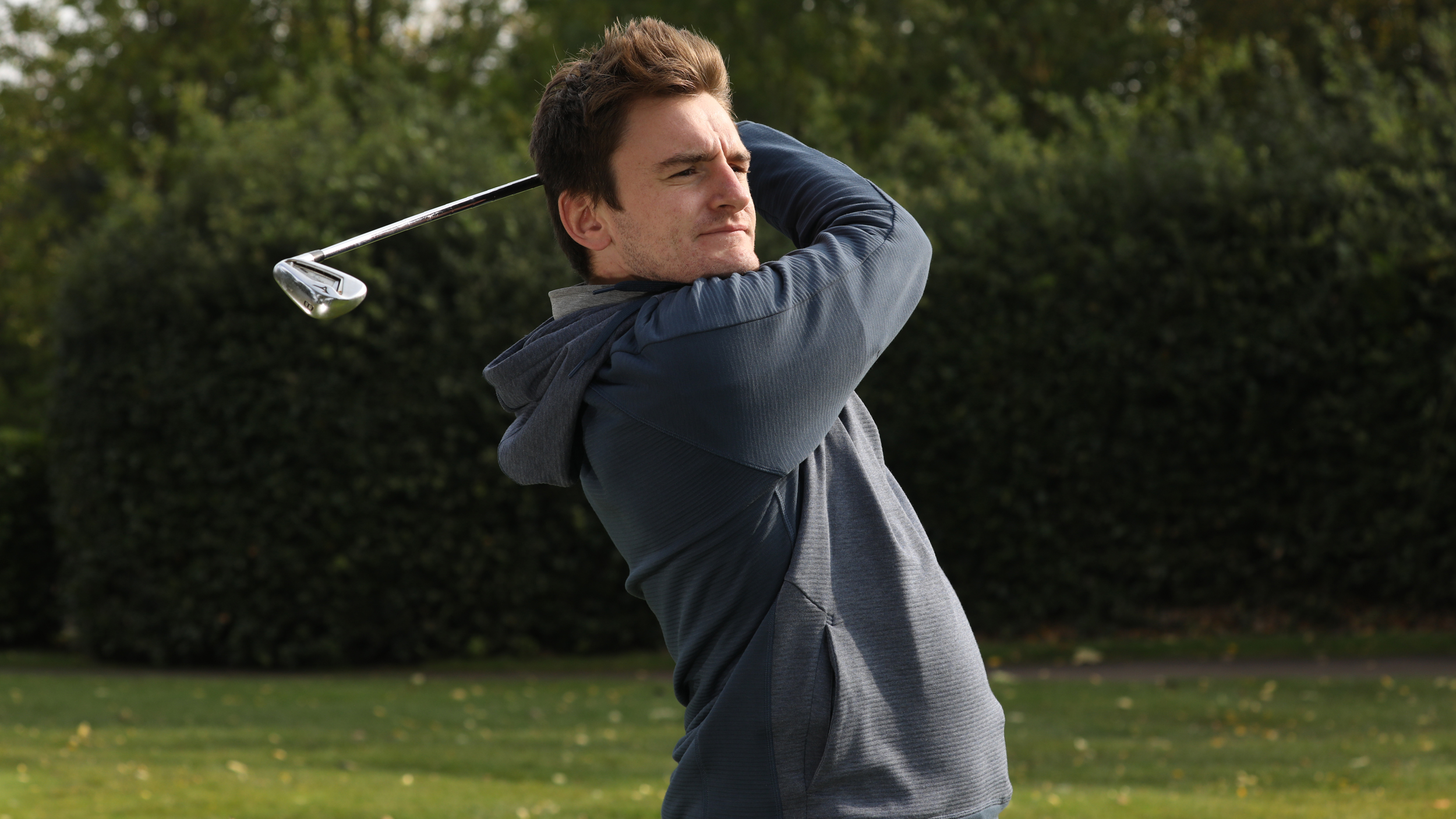

Golf’s antiquated dress code is, almost, a thing of the past – The requirement for knee-high socks with shorts and an insistence on collared shirts is gone at all but the most old-fashioned of golfing venues.
In recent years the choices when it comes to golfing attire have expanded – Hoodies have become a normal sight on the fairways, the cut and fit of golf apparel has become far sportier and on trend, if that’s what you prefer. If you’re someone who still looks for a more classic style, that’s available too. There’s more chance for golfers to express their personality with their choice of clothing.
It’s great that the sport has moved with the times and with fashion, but I think golf still needs some sort of dress code. Not prescriptive and authoritarian like the dress codes of the last century, more a “dress guide” as to what’s appropriate and sensible to wear when golfing. Those new to the game will benefit from information that simply tells them – “what you should wear for golf…”
Golf Has an Identity
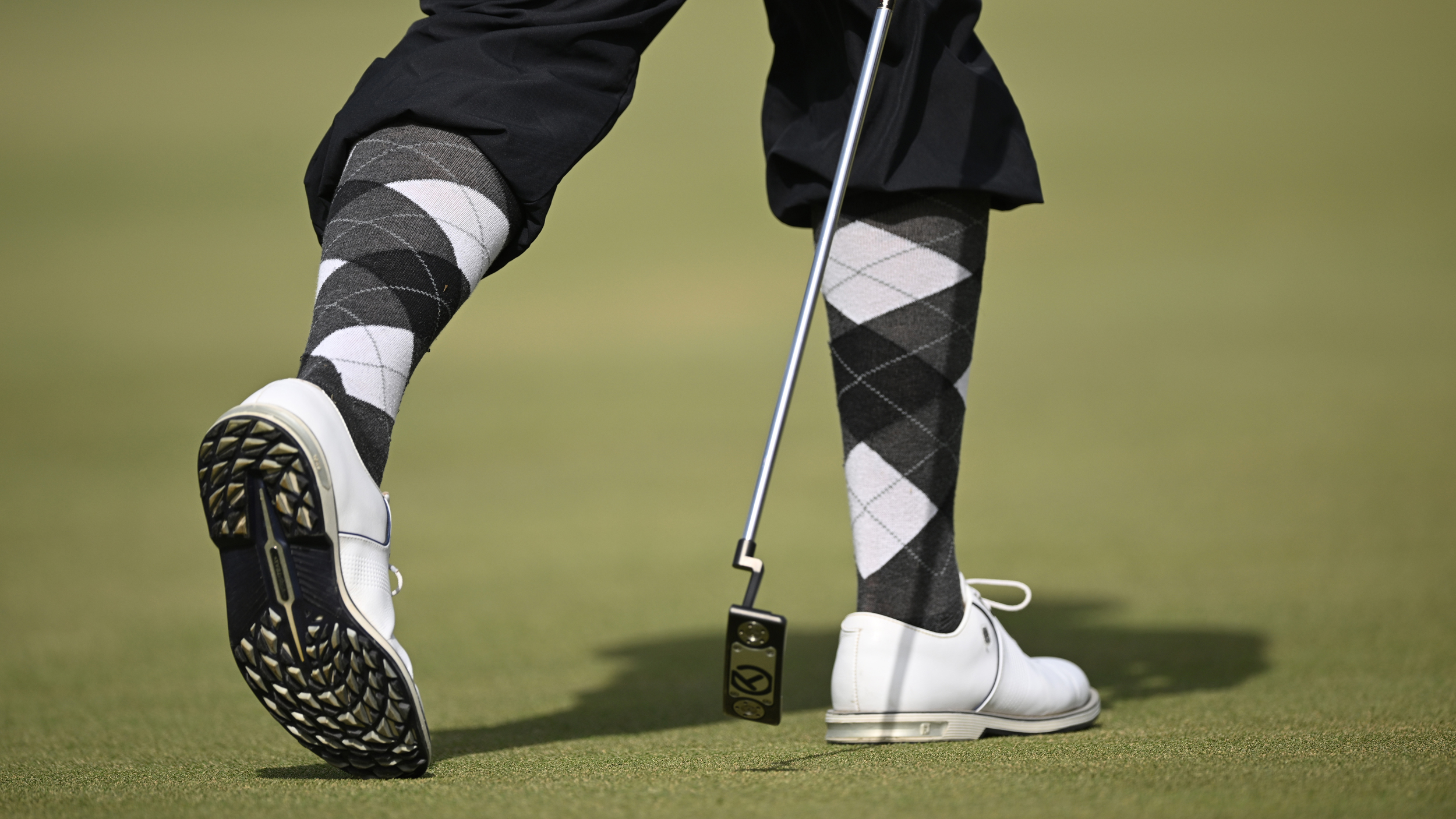
A key reason we should keep a dress guide of some sort is to preserve golf’s identity. In almost all other sports, there’s distinctive equipment that’s demonstrative of the activity. Footballers wear strips, shin pads and boots, tennis players wear “tennis gear,” cricketers wear whites. If they’re walking back from a match, you know what they’ve been doing. Golfers should wear golf gear proudly – “We love golf and our choice of outfit shows it.” As mentioned, this doesn’t need to be some archaic image of the stereotypical golfer with voluminous pleated beige chinos and argyle sweater. There are all sorts of golfing styles to choose from – tight fit, loose fit, sporty, street-inspired, muted colours, garish colours – there’s a world of choice in golf clothing.
Inspiring the youth
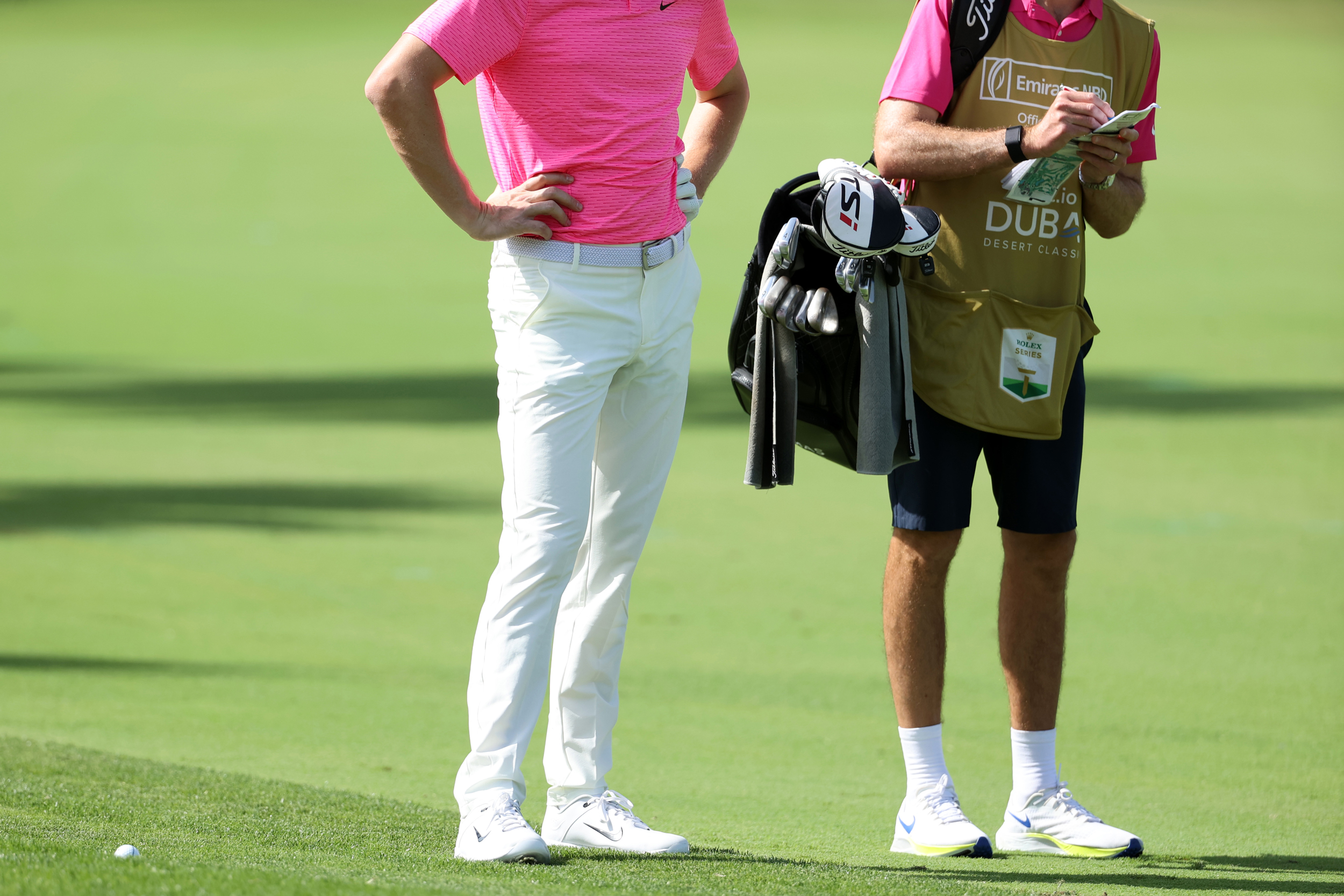
Golf needs to appeal to the younger audience. For the sport to continue to grow and thrive, it must inspire young boys and girls to pick up a club. The old, enforced, dress code was not conducive to that but neither would be simply – “wear whatever you want” – that’s not very inspiring… A modern approach on what to wear for golf is something to get kids interested. Don’t youngsters want to look like their sporting idols? They want to emulate their favourite footballer with their name on the back of a strip, they want to wear the trainers and kit that their favourite tennis star sports on court. The same goes for golf – If the top players are wearing distinctive, stylish golf gear, youngsters will be more inclined to think – they look cool, I want to look like that, I want to play golf. If golfers all dressed in generic street clothes, you could see why youngsters who enjoy sport might look elsewhere for inspiration.
Practicality
It’s a boring but necessary reason why there should be some sort of guide, if not code, for golf wear. The sport is an outdoor one and it takes a long time – Over four hours on the links you’re liable to encounter all sorts of weathers and you’ll enjoy your day much more if your clothing is fit for purpose.
If you want to wear jeans, that should be fine but they’re really not the best in terms of flexibility and, if it rains, they’ll be hellish uncomfortable and weigh a tonne… But, if that’s the style you want to go for – crack on.
Get the Golf Monthly Newsletter
Subscribe to the Golf Monthly newsletter to stay up to date with all the latest tour news, equipment news, reviews, head-to-heads and buyer’s guides from our team of experienced experts.
A stretch-fabric top will give you freedom of movement to swing effectively and often, performance technologies will help keep you cool or warm, depending on the conditions. A standard t-shirt or sweater probably won’t deliver the same versatility.
And when it comes to your feet, the code should very much be golf shoes – Over rolling terrain, making aggressive swings at a ball, you need something with grip and support to prevent you slipping and injuring yourself. In all but perfect conditions, a standard pair of street shoes or trainers just won’t cut it.
Golf’s old-school dress code should be confined to the dustbin of history, but we should preserve golf’s identity and position as a serious outdoor activity by providing guidance on attire that helps participants, particularly new starters, play to their full potential and make them feel like proper golfers.

Fergus is Golf Monthly's resident expert on the history of the game and has written extensively on that subject. He has also worked with Golf Monthly to produce a podcast series. Called 18 Majors: The Golf History Show it offers new and in-depth perspectives on some of the most important moments in golf's long history. You can find all the details about it here.
He is a golf obsessive and 1-handicapper. Growing up in the North East of Scotland, golf runs through his veins and his passion for the sport was bolstered during his time at St Andrews university studying history. He went on to earn a post graduate diploma from the London School of Journalism. Fergus has worked for Golf Monthly since 2004 and has written two books on the game; "Great Golf Debates" together with Jezz Ellwood of Golf Monthly and the history section of "The Ultimate Golf Book" together with Neil Tappin , also of Golf Monthly.
Fergus once shanked a ball from just over Granny Clark's Wynd on the 18th of the Old Course that struck the St Andrews Golf Club and rebounded into the Valley of Sin, from where he saved par. Who says there's no golfing god?
-
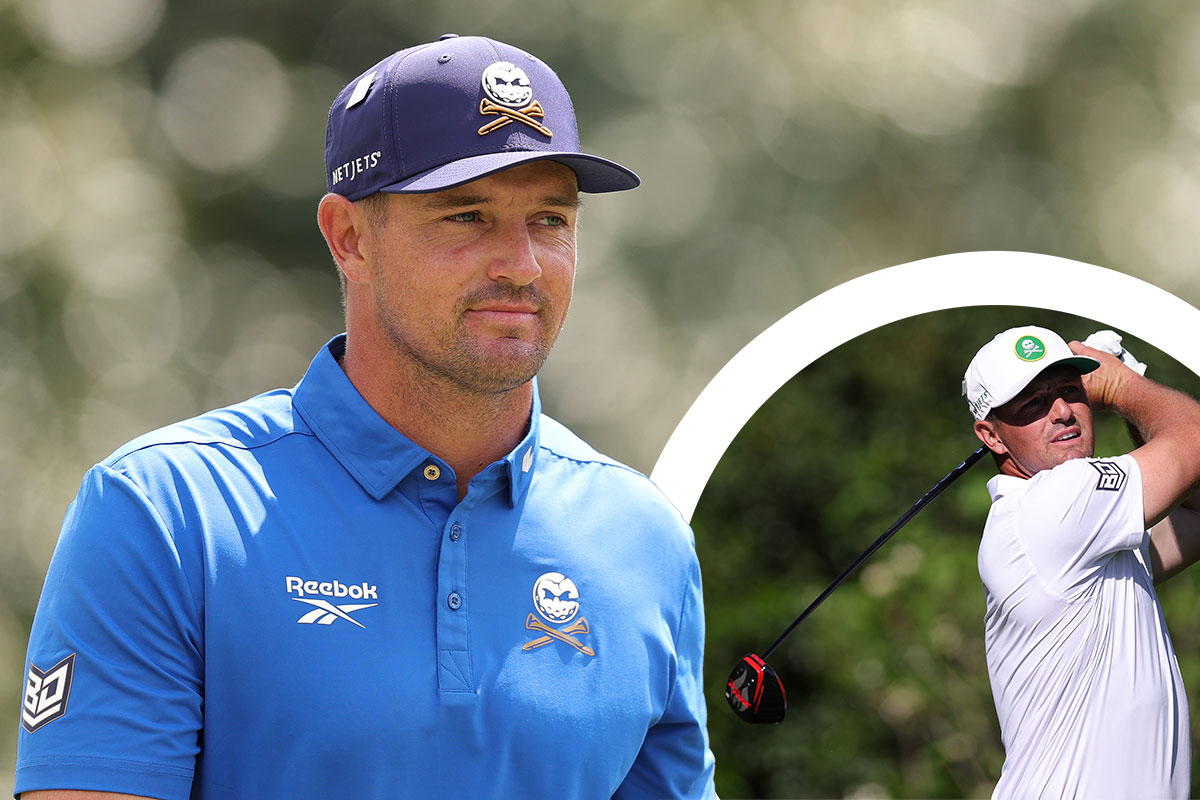 The 4 Players Hitting It Further Than Bryson DeChambeau At The 2025 Masters
The 4 Players Hitting It Further Than Bryson DeChambeau At The 2025 MastersBryson DeChambeau is renowned for his immense power and distance off the tee, so I was interested to learn these four players are outdriving him at The Masters
By Barry Plummer Published
-
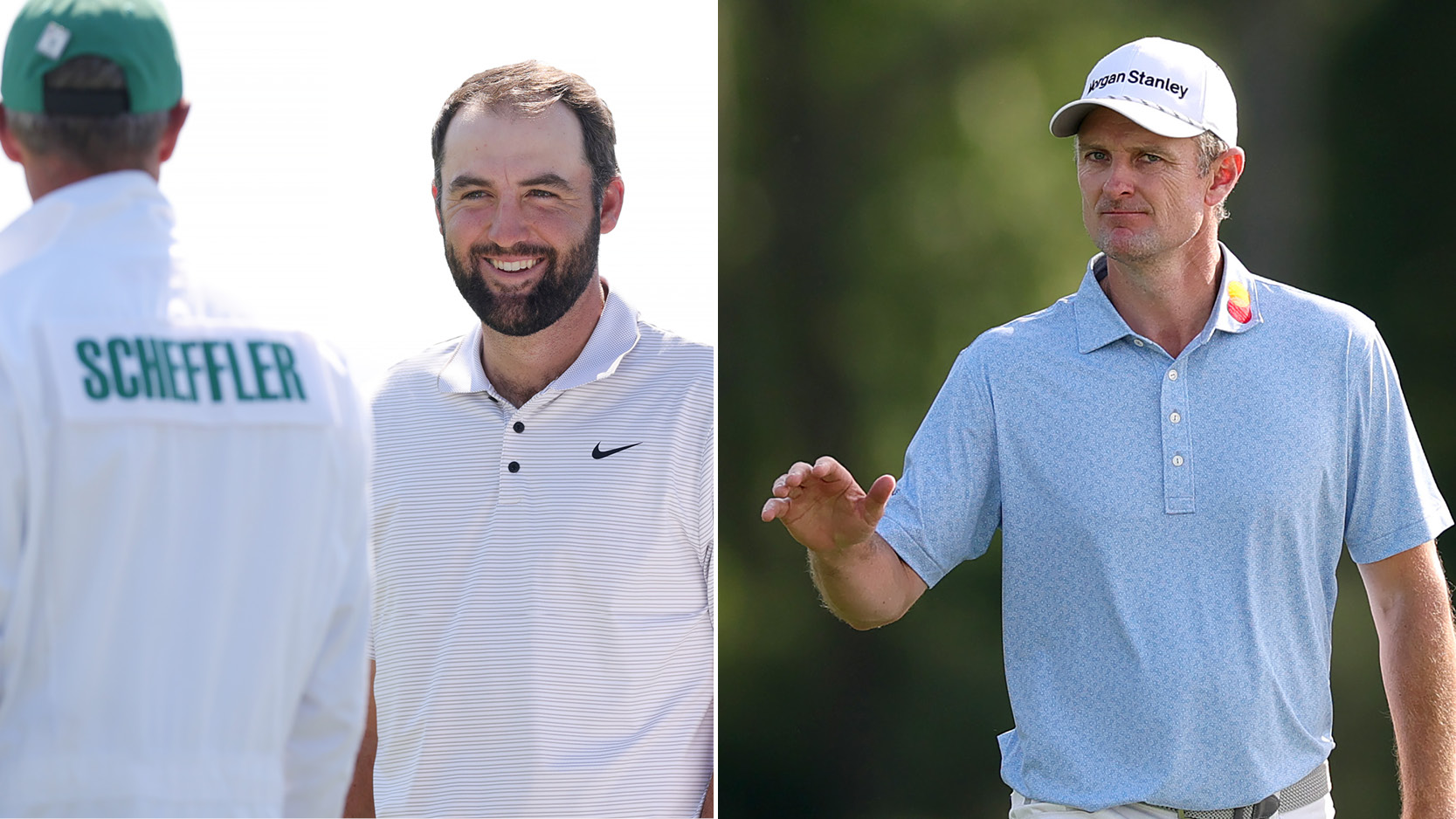 Top LIV Golfer? Top Lefty? Leading Amateur? 8 Alternative Masters Leaderboards After Day One At Augusta National
Top LIV Golfer? Top Lefty? Leading Amateur? 8 Alternative Masters Leaderboards After Day One At Augusta NationalJustin Rose leads after the first round of The Masters and, at the first Major of the year, plenty of players have already displayed strong showings at Augusta National
By Matt Cradock Published